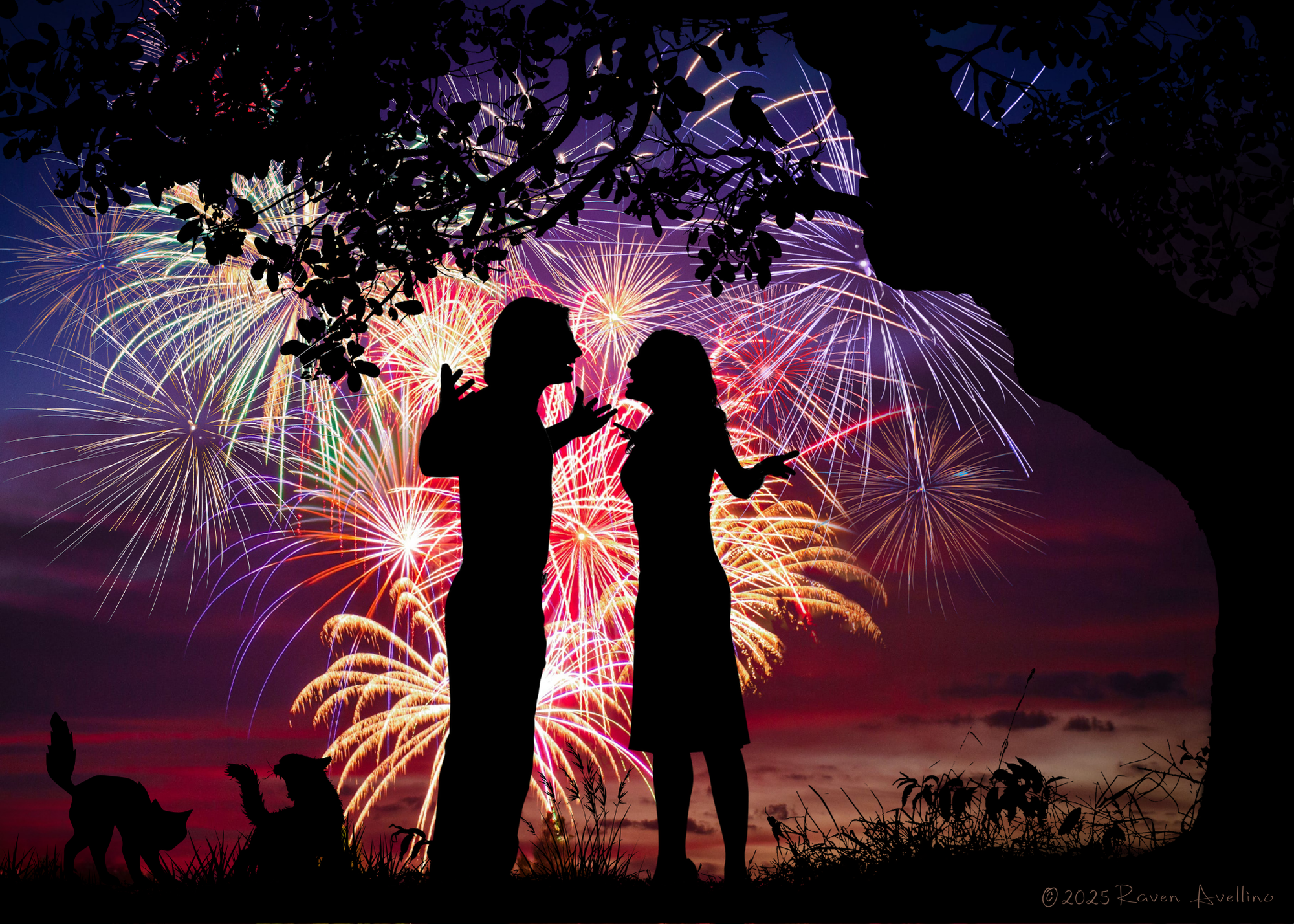I Can’t Resist the Enemies-to-Lovers Trope
Why does hating each other first make falling in love so much richer?

My boyfriend is an avid reader, but he’s not big on romance novels. So, when he started sharing his thoughts on a romance he’d once read, I braced myself. Not for criticism exactly, but for the kind of earnest commentary that’s equal parts brilliant finance professor and tenderhearted boyfriend.
True to form, his analysis was insightful, but also included the phrase ‘fairy porn’ (which was delivered with the same thoughtful sincerity as the time he went to the bakery for jalapeño rolls, and brought me home a donut too, just because he knows my heart).
He started out by sort of describing the book—something about fairies hating each other. Honestly, the only detail that really stuck with me was 'fairy porn', and to be clear, it wasn’t actually porn. From what I pieced together, it was classic E2L set in a fantasy world.
My guy found it utterly ridiculous that the main characters hated each other and still somehow wanted each other. That combination of animosity and attraction didn’t compute in his logic-driven brain.
Before thinking better of it, I told him that enemies to lovers was my favorite trope. He took it in stride, even though he looked somewhat befuddled, which is weird, because I think the E2L preference perfectly fits my personality. But I digress.
What Is Enemies to Lovers?
Enemies to lovers is exactly what it sounds like, a romance where the main characters begin on opposite sides. They may:
- Actively despise each other
- Compete as rivals
- Clash due to ideology, circumstance, or mutual misunderstanding
Over the course of the story, hostility transforms into mutual respect, then attraction, then love. From Regency ballrooms to modern offices to bloody fae kingdoms, the setup is instantly recognizable, and irresistible to those of us who dig it.
Examples:
- Pride and Prejudice
- A Court of Thorns and Roses by Sarah J. Maas
- 10 Things I Hate About You
- Anthony and Kate in Bridgerton
What makes so many readers devour stories where people who start out as rivals, adversaries, or even sworn enemies end up falling in love? Why does this trope remain wildly popular after thousands upon thousands of books, movies, and fanfics have used it?
Emotional Extremes Make Enemies-to-Lovers Addictive
A few days after my boyfriend asked me why I like the trope so much, I realized I hadn’t ever really explored why. In the moment, I fumbled through an awkward explanation about enjoying the extreme of it, going on to say that the resolution feels more earned that way. But now that I’ve had more time to think about it, I understand that the intensity of the character’s conflict is only one of many reasons.
There’s something delicious about watching two people go from I’d rather chew broken glass than speak to you to I’d rather chew broken glass than live without you. It’s the literary equivalent of a roller-coaster—terrifying, exhilarating, and worth every twist. That dramatic shift within the relationship itself creates a payoff that feels so much bolder than a gently sloping arc of mutual affection.
Enemies-to-Lovers Chemistry and Banter
Ferocious banter makes great foreplay. (While you’re judging me, I’ll be over here with my favorite trade paperbacks, highlighting brilliantly written dialogue.) Conflict serves up endless opportunities for sharp comebacks, petty one-upmanship, and stolen glances mid-scheme. When two characters trade insults like they’re fencing with words? Chef’s kiss. Bonus points if one of them is secretly staring at the other’s mouth while plotting their demise.

